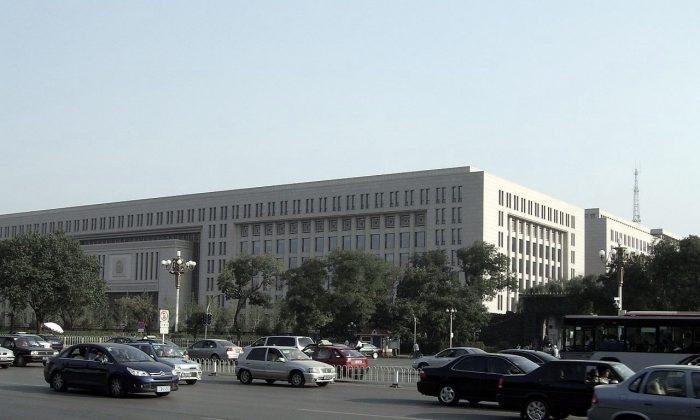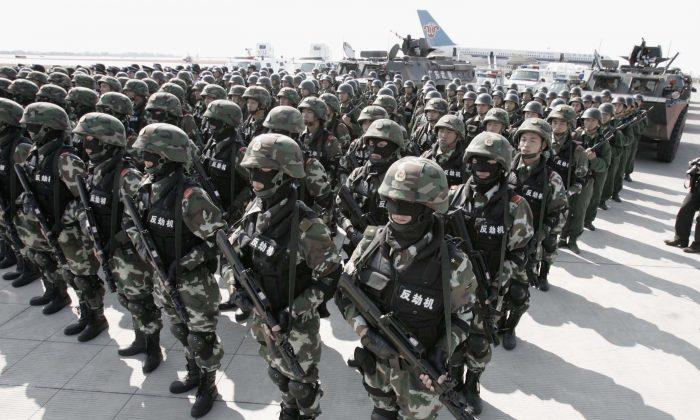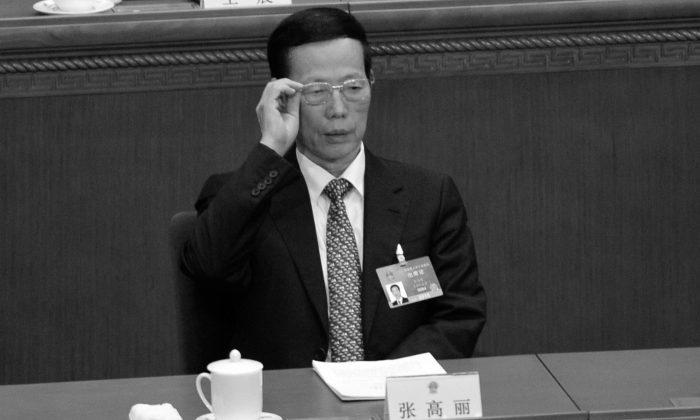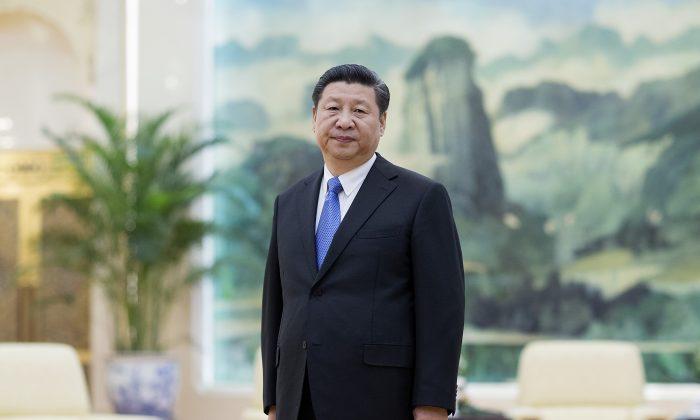[xtypo_dropcap]A[/xtypo_dropcap] Chinese quality inspector says the Guangzhou Metro’s extension, planned to open for the Asian Games on Oct. 30, is unsafe because of substandard concrete. After he went public with the charges and warned of a possible tunnel collapse, he was forced out of his job, according to interviews.
As early as Aug. 30, Zhong Jizhang, an engineer and former quality inspector at the Guangzhou Sujian Quality and Safety Inspection Center (Sujian Inspection Center), has been saying that the Guangzhou Metro’s northern extension of Line 3 is a safety hazard.
On his Sina blog “Death Road to the Guangzhou Asian Games,” Zhong says despite being intimidated and threatened, he feels he must expose the truth.
Poor Quality Inspections
The northern extension of Line 3 of the Guangzhou Metro has its northern end at the Baiyun International Airport and its southern end at the East Guangzhou train station. It runs all the way to Panyu District and is a significant transportation route between the airport and the Asian Games village.
Zhong says some inspection samples showed the strength of the concrete to be at only two thirds of the qualifying standard, and says this could cause a collapse of the tunnel.
The construction passed inspections, despite its structural weakness, he said.
After Beijing Chang Cheng Bilfinger Berger Construction Engineering Corp., Ltd. completed the subway project, the Sujian Inspection Center checked the work. Out of six sample tests, only one qualified, while all others were far from satisfactory. This was confirmed through repeated testing.
Zhong said the head of the Beijing firm has connections with the commander at the Sujian Inspection Center and wanted to get the inspection report passed by this commander, but was refused by Zhong.
Later on, a graduate engineer working under Zhong called the construction site to ask about the report and was told: “Inspection is no longer needed. In our world, anything can be achieved with money.”
Forced to Quit
Zhong said that he was the only person at the Sujian Inspection Center with an inspection permit for bridges and tunnels issued by the Ministry of Transport. Fearing that Zhong would expose the inspection scandal, the commander at the Sujian Inspection Center said at a meeting that no one was to accept media interviews or investigation reports by related departments.
Zhong was forced to quit his job, and a subordinate of Zhong’s, Mao Shan, was also fired in August.
In an interview with New Daily Express, Mao said that the Beijing construction company had fabricated a qualifying inspection report by combining acceptable parts of two different inspection reports and submitting them as one.
Inconsistent Statements
Zhong told The Epoch Times that the Metro company also contradicts itself when talking about quality inspections. Initially they told him that they were deceived by the construction firm, but in an interview with the New Daily Express, the supervisor of the Metro’s quality supervision said that the final inspection will not be completed until Oct. 28.
And, despite Zhong having already posted information about the quality inspection breeches on the Internet on Aug. 30, Su Zhenyu, manager of quality and safety at the Metro company, said they didn’t know anything about it until Sept. 30.
Afterward, the Metro company stated in a bulletin that another inspector, Guangzhou Construction Quality & Safety Inspection Center, had inspected the concrete of the connecting tunnels of Line 2 and Line 3 on Aug. 31, 2009 and found that the concrete strength in two samples was inadequate; however, the structures of the connecting tunnels were safe.
Zhong told the New Daily Express, “To the people who deal with data, if you don’t meet designated requirements, [the project] is disqualified, not just inadequate. Of the six samples tested, five were not up to standard.
“To put it in simple terms, this is like having a chair with the legs on one side broken. Though the other legs are fine, the chair is unusable.”
Read the original Chinese article.




Friends Read Free